US PGA Championship 2024: Valhalla Golf Club Course Guide
Last updated:
A week after the 150th Kentucky Derby came to town, Valhalla plays host to stars from both sides of golf’s divide for the 2024 US PGA Championship. What awaits is a course which is brilliantly different and fraught with danger, writes Michael Catling
JUMP TO OUR HOLE-BY-HOLE COURSE GUIDE: 1 | 2 | 3 | 4 | 5 | 6 | 7 | 8 | 9 | 10 | 11 | 12 | 13 | 14 | 15 | 16 | 17 | 18 |
In a film of golf’s greatest hits, Valhalla would feature prominently as one of America’s unsung heroes. Despite only opening in 1986, the Kentucky club has been awarded four PGA Championships, two Senior PGAs and the 2008 Ryder Cup. It doesn’t shout about it, but no other course has hosted more in that time. It helps that Valhalla used to be owned by the PGA of America, who considered it their flagship property until they sold it to a group of members in 2022.
Their former President, Ted Bishop, even talked up the possibility of Valhalla one day becoming a permanent site for the PGA Championship and all domestic Ryder Cups. It proved to be a non-starter, but it did speak to the esteem in which Jack Nicklaus’ creation is held by the powers that be. Compared to other reoccurring Major championship sites, Valhalla gets top marks for drama and star quality. It typically produces great champions and great tournaments.
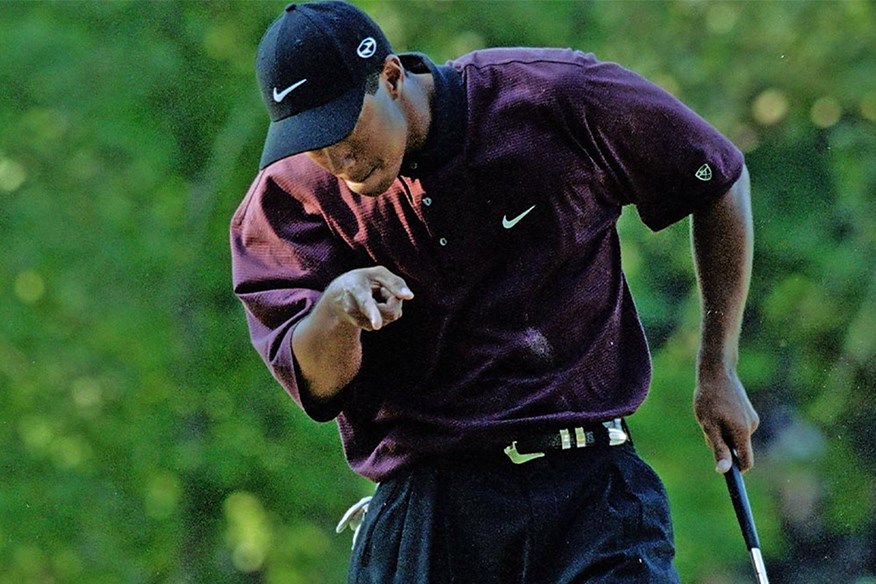
The last time a PGA Championship was held there, a decade ago, Rory McIlroy came from three back with nine to play to outlast Phil Mickelson by one. His 16-under-par total has only been bettered twice in the same tournament since the turn of the millennium – and one of those came when Tiger edged Bob May in that epic playoff at Valhalla in 2000.
The club has sought to toughen its defenses since then, increasing the yardage by 151 yards with new tee boxes on holes 1, 12, 14 and 18. However, it remains a typical ‘Nicklaus design’ in that nothing is tricked up.
“It is a difficult golf course, but at the same time it is a fair golf course,” says Keith Reese, General Manager at Valhalla. “The best players come to the fore because it rewards good shots and punishes poor ones.
“There are holes that you can go after with the driver, but there is a high premium on driving the ball in the fairway and hitting your targets. Most of the greens are elevated and have some type of run-off, so it’s definitely a shot-maker’s golf course. You can see what you need to do, you’ve just got to execute the shots at the right time.”

Reese is not alone in thinking that Valhalla tests everything in the bag and between the ears. One of the unique things about the course – besides housing a horse pasture next door to its entrance – is that it has two very different nines with contrasting landscapes.
The front half, for example, has a distinctly Scottish influence and is more open and gettable than the tree-lined back nine. It meanders through a low-lying floodplain that feeds Floyd’s Fork, a waterway that intersects several of the holes.
While the winds are quite tame, the rolling and winding fairways are lined with mounds and bordered by Kentucky’s native bluegrass rough, which attempts to imitate the tangling gorse of a links course. The grass, with its rich blue-green hue, gives Valhalla and the region its distinctive natural beauty, as well as producing some of the finest thoroughbred racehorses in the world.
Among the visual gems is the par-4 13th, which drops 70ft from tee to fairway. A minefield of bunkers lies in wait and acts as a runway to a small island green, surrounded by a moat and rocks. It forms the start of a brilliant closing stretch, famed for its eclectic mix of par 4s and the reachable par-5 18th, divided by a lake and a memorable greenside bunker.

It’s a classic risk and reward hole, says Reese, one of several which place a premium on strategy, creativity, and mathematical precision. Those who work and play at the club warn of the potential for a playoff, if not a two or three-shot swing on 18. It should make for a dramatic finish, the kind we haven’t seen on the big stage since Mito Pereira’s collapse at Southern Hills in 2022. And if history has taught us anything, it’s that Valhalla always delivers.
Valhalla’s big-game pedigree
1996 PGA Championship
Won by Mark Brooks, beating local favorite Kenny Perry on the first hole of a sudden-death playoff.
2000 PGA Championship
Won by Tiger Woods in another play-off, when he deliberately bounced his ball off a cart path to beat Bob May.

2008 Ryder Cup
Despite Tiger’s absence, Paul Azinger outwitted Sir Nick Faldo to engineer a 16½-11½ victory for Team USA. It ended a nine-year winless run for Uncle Sam’s boys.
2014 PGA Championship
After a lengthy weather delay, Rory McIlroy held off a star-studded leaderboard in fading light to beat Phil Mickelson by one shot. He hasn’t won a Major since.
Valhalla Golf Club Hole-by-Hole Course Guide
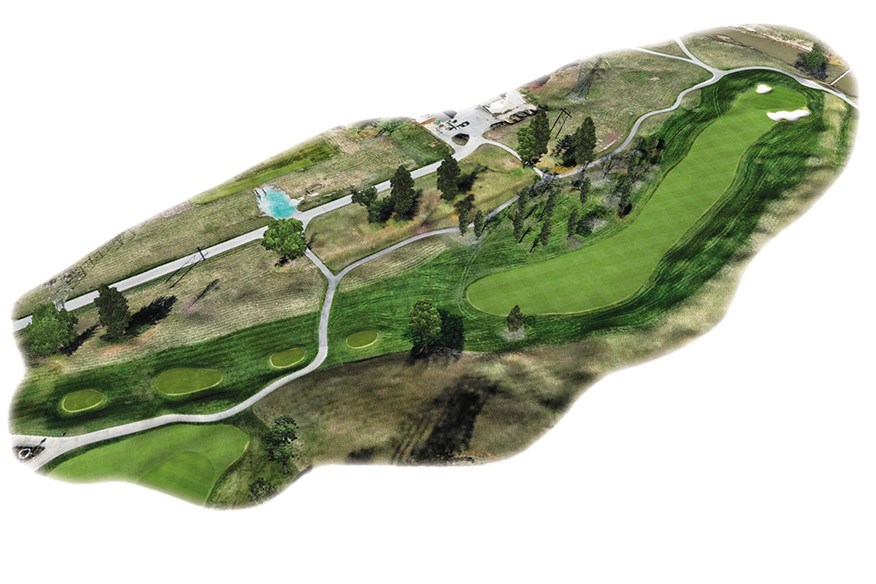
Hole No.1: The Post
Par 4 | 484 Yards
2014 average: 4.024 (10)
A relatively gentle opener to start and a chance to get aggressive with the driver and cut the corner of the dog-leg. Despite adding 38 yards, most players will hit a short-to-mid iron into a green-guarded
by bunkers front-right and back-left.
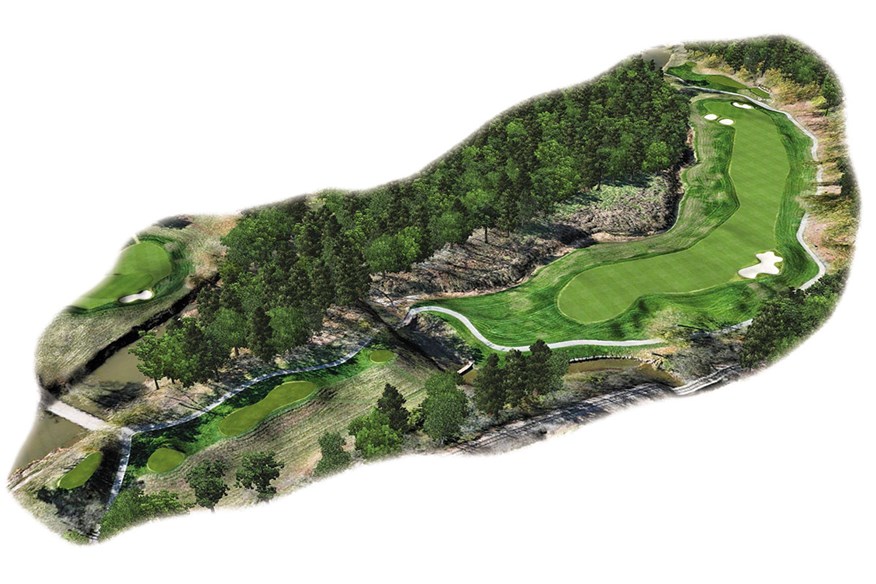
Hole No.2: Winning Colors
Par 4 | 500 Yards
2014 average: 4.36 (1)
This slight dog-leg left plays as a par 5 for members and ranked as the hardest hole on the course in 2014. The fairway offers the first glimpse of Floyd’s Fork, a waterway that runs down the entire left side of the hole. Tee shots need to find a small sliver of fairway some 22 yards wide, with sand right and a steep slope left which feeds the water. The green is also well defended and set at an angle which reduces the target size. Expect more bogeys than birdies.
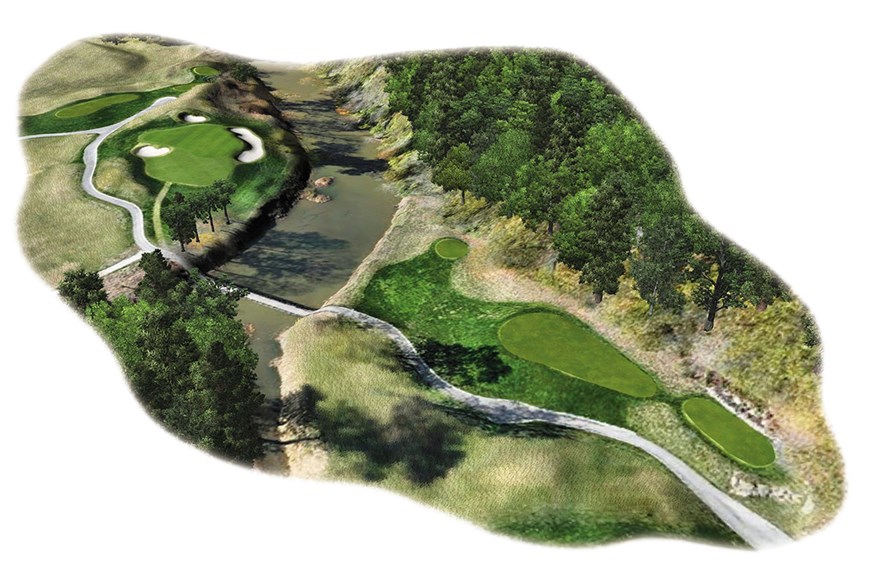
Hole No.3: Honest Abe
Par 3 | 208 Yards
2014 average: 3.015 (11)
Named after Kentucky’s only president (Lincoln), this demanding par 3 is guarded by three bunkers and Floyd’s Fork, which sweeps in front of and to the right of the narrow, elevated green. The left-to-right gusts are also a big factor here and can send balls careering towards a watery demise.

Hole No.4: Mine That Bird
Par 4 | 372 Yards
2014 average: 3.729 (18)
The aggressive line on this short-ish par 4 is down the left side, carrying the large bunker at the inside of the dog-leg’s left elbow. When the tee is moved forward, most players can reach and use a new runaway which has replaced the rough in front of the green.
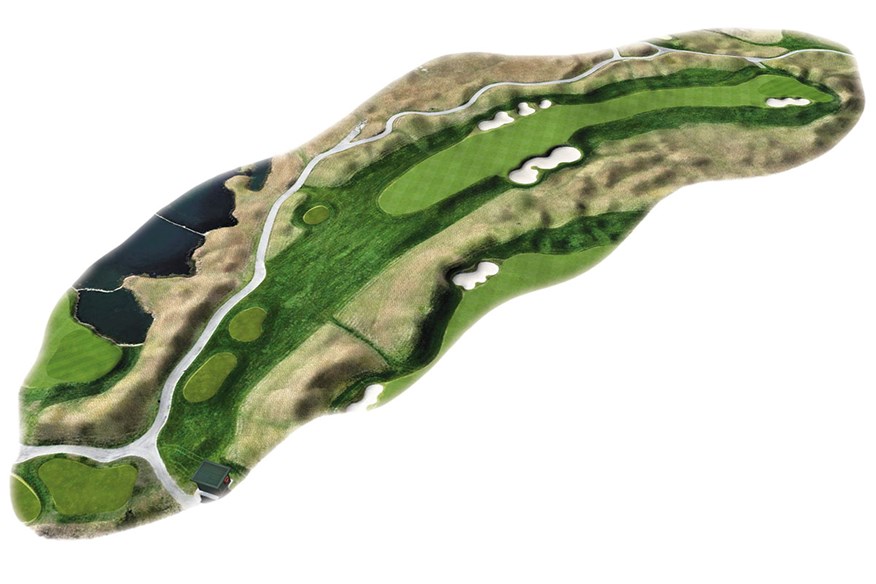
Hole No.5: The Sun Shines Bright
Par 4 | 463 Yards
2014 average: 4.055 (9)
This relentless dog-leg-right is bracketed by a large fairway bunker on the right side and three more on the left. The large, triangular green is also guarded by sand to the right and a trademark collection area on the left. The back-right hole location is one of the most challenging on
the course.
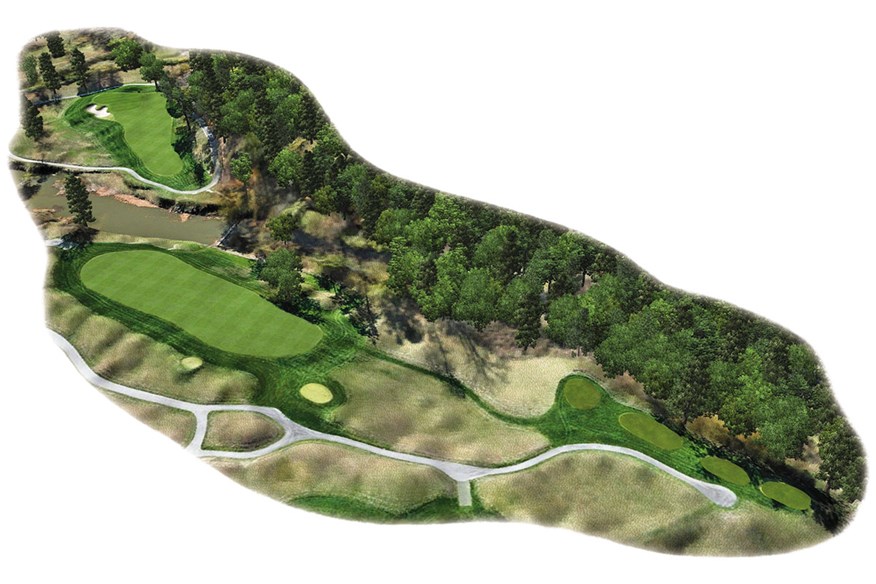
Hole No.6: Long Shot
Par 4 | 495 Yards
2014 average: 4.354 (2)
The name ‘Long Shot’ refers not to distance but to one’s chance of making a par on this tough dog-leg. Precision is key off the tee as the fairway ends at 300 yards and tumbles into a steep, watery ravine. Even after a good drive, players will still be looking at over 200 yards to another well-guarded green.
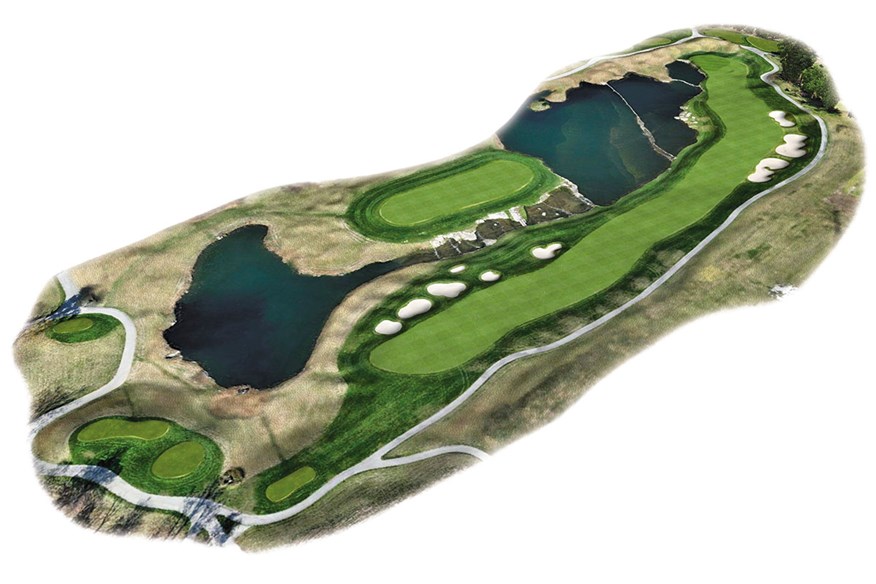
Hole No.7: Genuine Risk
Par 5 | 597 Yards
2014 average: 4.771 (16)
Possibly the most exciting and awkward hole on the course, thanks to the split fairway and the strategy involved. Driving to the left is tempting because it shortens the hole by more than 50 yards. However, the landing area is a stingy 26 yards wide and the approach typically requires a carry of 210-230 yards, entirely over water. Driving to the right is the safer (and longer) option, but you can’t get away from the water or the bunkers which complicate the layup. Eagles and triples are possible here.
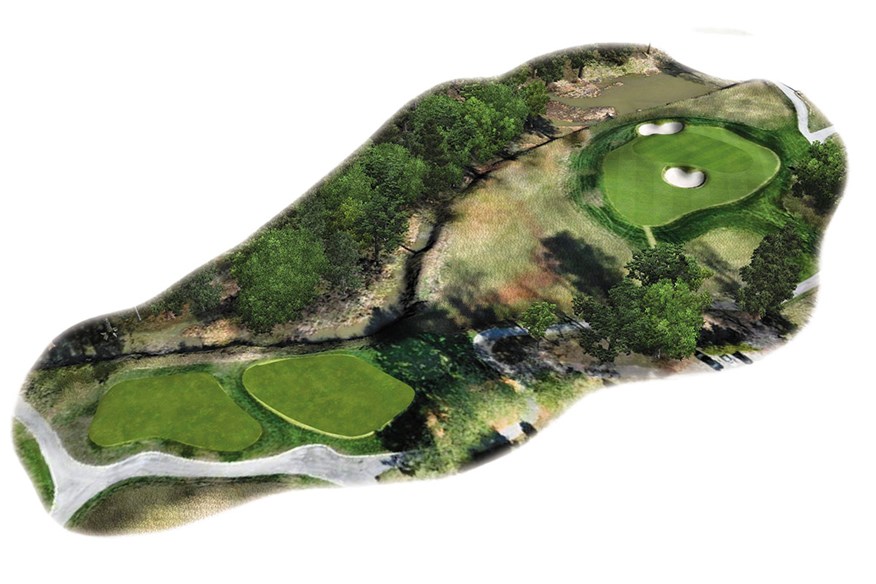
Hole No.8: Float Like A Butterfly
Par 3 | 190 Yards
2014 average: 2.963 (12)
The green complex is as dangerous as a Muhammad Ali combination. The front portion is protected by a deep bunker and a severe run-off. Another tightly mown collection area lies beyond the green, but
go too far left and a steep slope will send balls toppling into Floyd’s Fork.
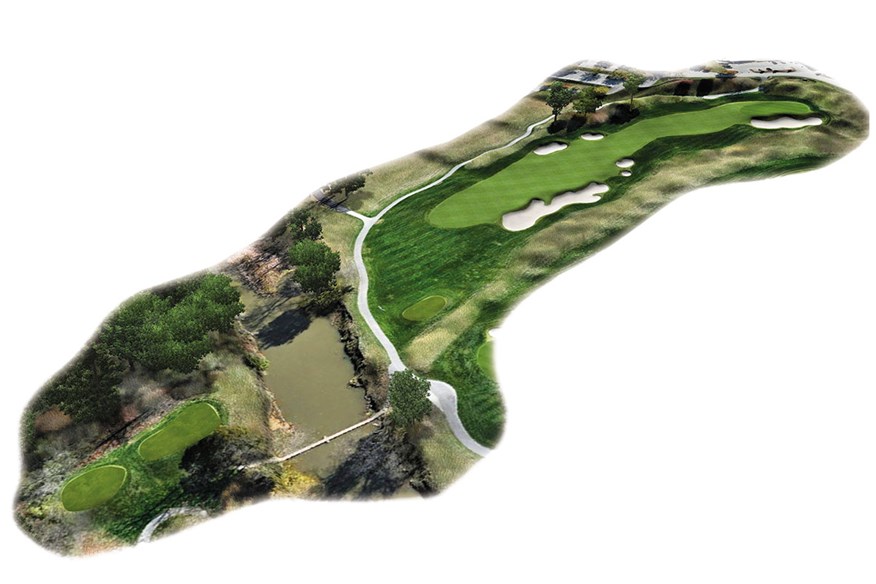
Hole No.9: Twin Spires
Par 4 | 415 Yards
2014 average: 3.925 (14)
The pressure here is on the tee shot because the landing area is squeezed by a collection of bunkers on both sides. Most will lay-up short and left, but the uphill approach makes judging the yardage difficult, exaggerated by the presence of an insidious bunker right of the target. The green itself slopes fiercely from back to front, so keeping the ball below the hole is crucial.
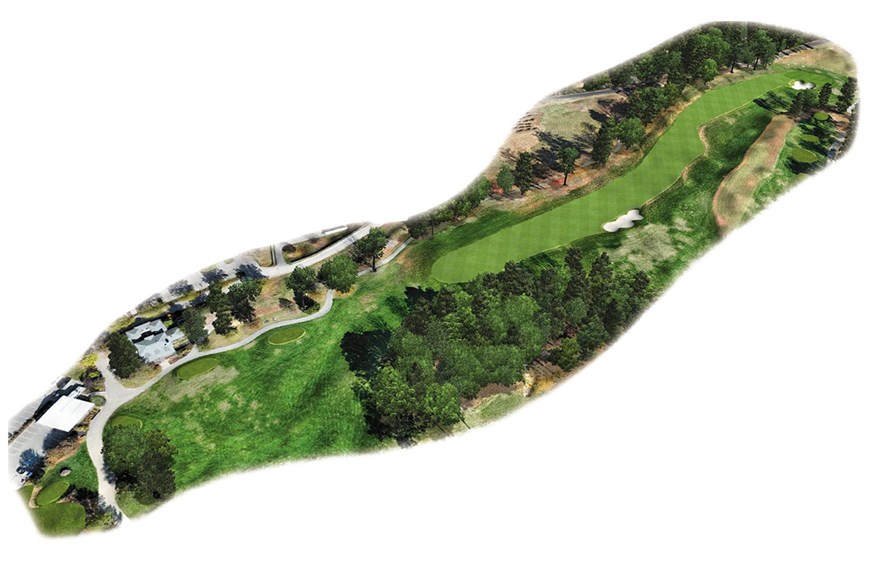
Hole No.10: Big Red
Par 5 | 590 Yards
2014 average: 4.82 (15)
Named after Secretariat, the long-distance thoroughbred racehorse, this double dog-leg is flanked by a gaping bunker on the right side of the driving zone and deep rough and trees to the left. The undulating, two-tiered green is nearly perpendicular to the fairway and sits protected by a large, deep bunker in front. A little lane along the left allows for a run-up shot for the bold and brave.
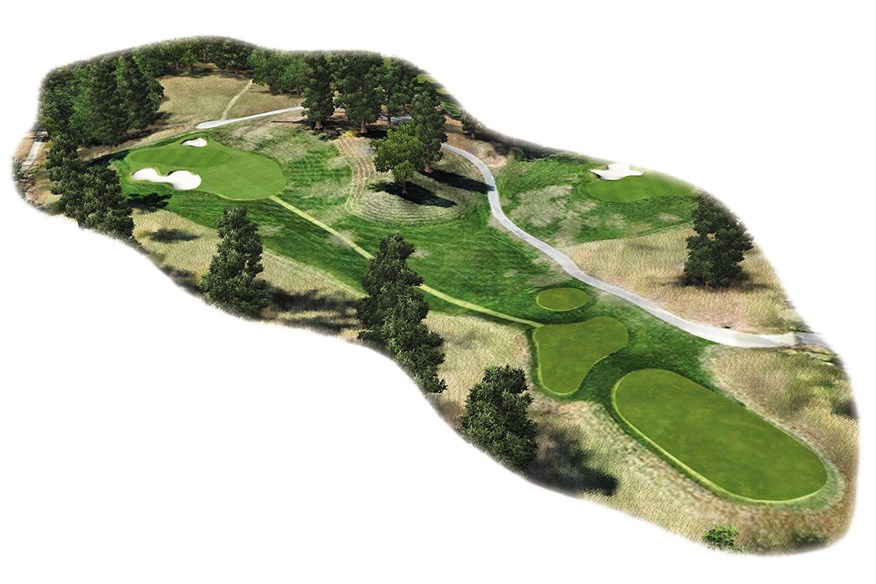
Hole No.11: Holler
Par 3 | 211 Yards
2014 average: 3.066 (7)
A mid to long-iron shot heads into a shallow, elevated green that features a slight false front, with a large bunker front left and a smaller one back right. The green is set diagonally, from front-right to back-left, but shots going too far left will bound down the steep hillside.
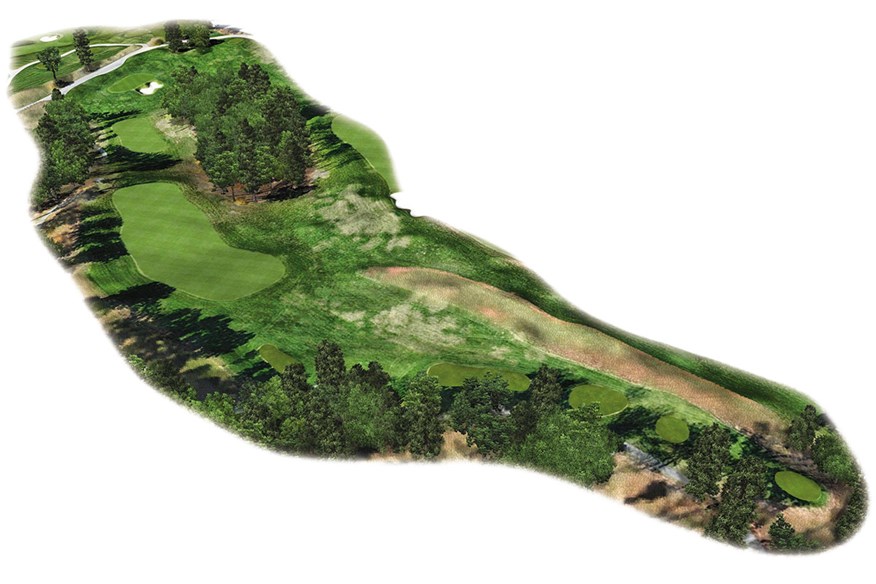
Hole No.12: Sting Like A Bee
Par 4 | 494 Yards
2014 average: 4.244 (4)
Another demanding tee shot which is especially difficult because the hole dog-legs to the right, through a chute of trees, and runs out of fairway at 310 yards. A lay-up leaves a long second to a green which sits above the level of the fairway. One of the deepest bunkers on the course lurks to the right of the angled putting surface, tough rough lies to the left.

Hole No.13: The Limestone Hole
Par 4 | 351 Yards
2014 average: 3.952 (13)
It may be the shortest two-shotter on the course, but this signature hole was still responsible for the
most triple bogeys in 2014. A cluster of six bunkers lurk to the left of the landing zone, 70ft below the tee box. From here, the approach plays to an island green built up with boulders and a mini waterfall surrounding it. It was here that Tom Watson came to grief while leading in 2000, and Phil Mickelson spun back into the water twice during the same Championship.
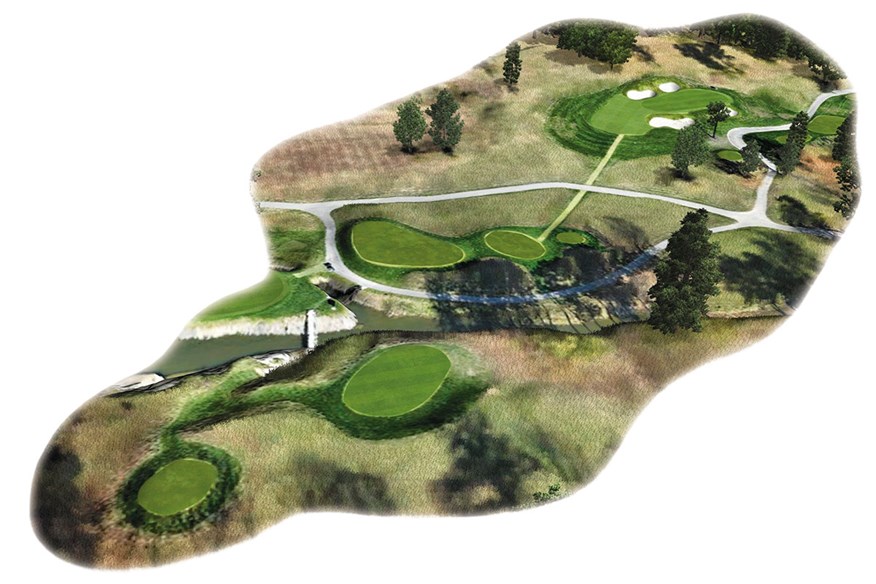
Hole No.14: On The Rocks
Par 3 | 254 Yards
2014 average: 3.198 (6)
This beastly par 3 now plays 40 yards longer than before. The green has two tiers and is sandwiched between two bunkers in front and two behind. Playing from either of the two rear traps can be especially tricky as the green slopes from back to front.
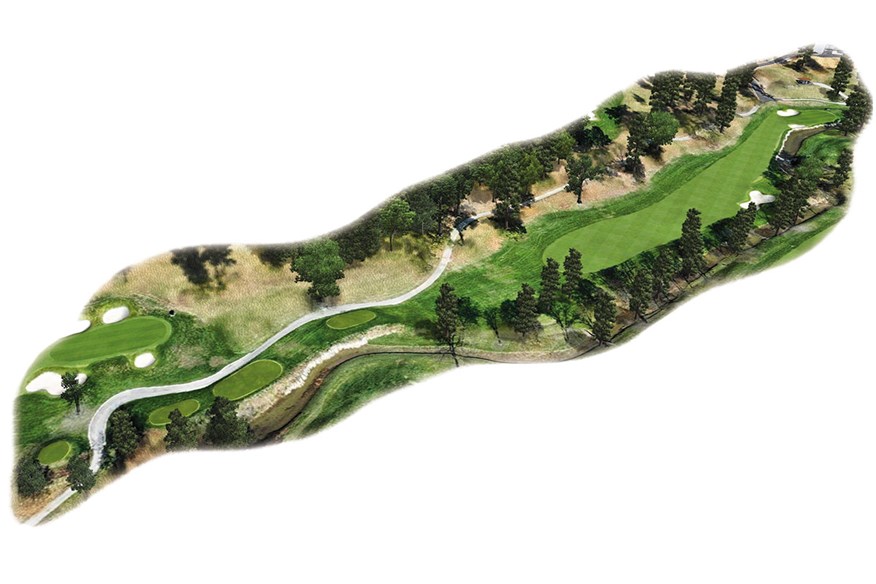
Hole No.15: Julep
Par 4 | 435 Yards
2014 average: 4.231 (5)
One of the most scenic holes on the course, with Brush Run Creek skirting the entire right side. The drive plays through a narrow chute of trees and needs to be threaded between deep bluegrass rough to the left and a large bunker on the right. The intimidating approach plays down towards a green which sits on the edge of the creek, with another gaping bunker on the left.
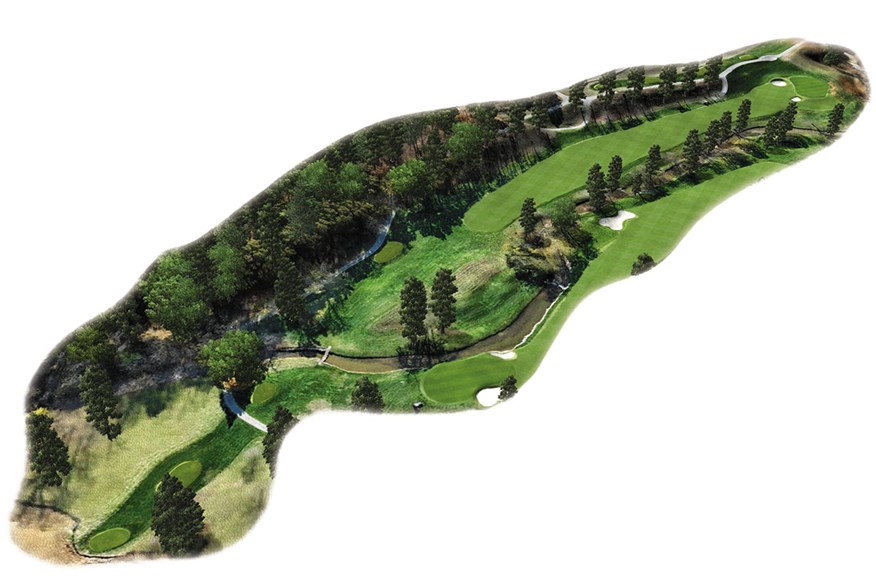
Hole No.16: Homestretch
Par 4 | 508 Yards
2014 average: 4.313 (3)
The longest of the par 4s is another heavily tree-lined dog-leg, sloping towards Brush Run Creek on the right. The green has been rebuilt since Tiger’s famous playoff putt and now falls away on all sides. Two front bunkers contributed to the 26 double bogeys that were made here in 2016.
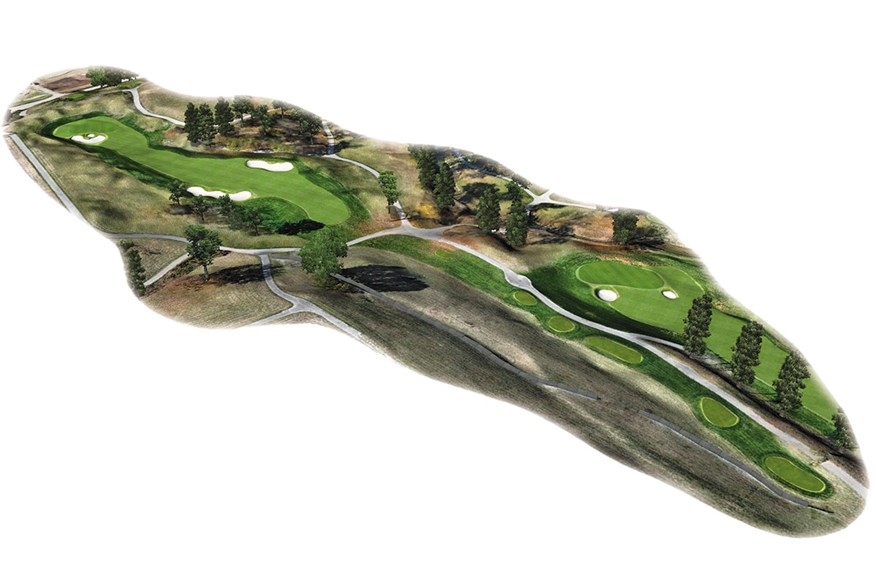
Hole No.17: Straight Up
Par 4 | 472 Yards
2014 average: 4.062 (8)
The tee shot must find the uphill, left-angling fairway, which means avoiding large bunkers either side of the landing area. Only the biggest hitters will be capable of clearing the left-hand trap, hence most will be holding back and leaving a semi-blind approach with a mid-iron.
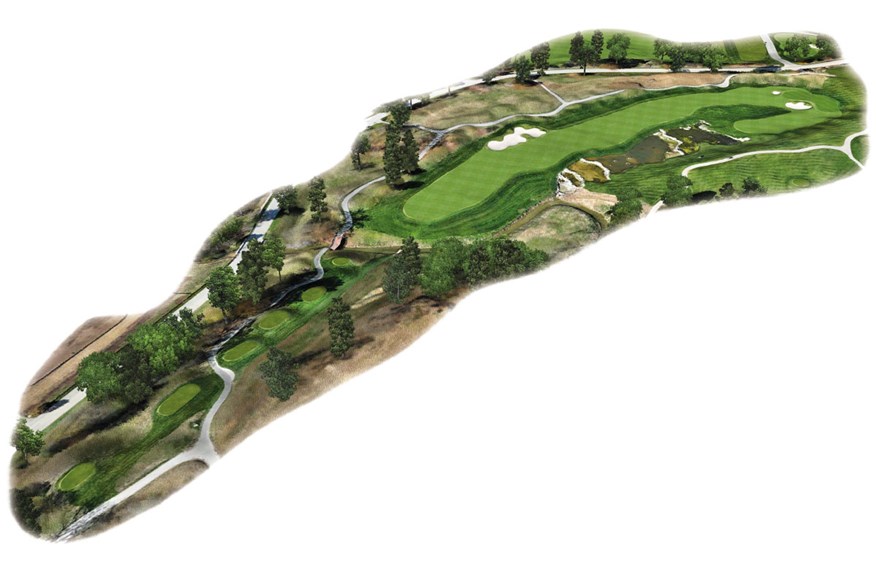
Hole No.18: Photo Finish
Par 5 | 570 Yards
2014 average: 4.489 (18)
This epic finishing hole has been extended by 30 yards and bends gracefully to the right, with a large bunker to the left of a generous landing area and a craggy lagoon on the right. Most players can get home in two but will need to contend with a central bunker which wraps around the horseshoe-shaped green to create three distinct putting areas. The green also sits in an amphitheatre which is capable of housing 20,000 spectators.
-
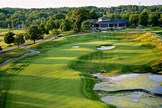 Valhalla Golf Club
Valhalla Golf Club
-
 Paul Azinger led America to a comprehensive victory over Sir Nick Faldo's Team Europe at Valhalla.
Paul Azinger led America to a comprehensive victory over Sir Nick Faldo's Team Europe at Valhalla.
-
 Course Guide for the US PGA Championship at Valhalla
Course Guide for the US PGA Championship at Valhalla
-
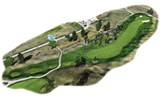 Valhalla 1st Hole
Valhalla 1st Hole
-
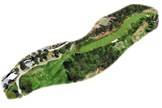 Valhalla 10th Hole
Valhalla 10th Hole
-
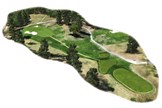 Valhalla 11th Hole
Valhalla 11th Hole
-
 Valhalla 12th Hole
Valhalla 12th Hole
-
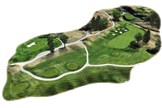 Valhalla 13th Hole
Valhalla 13th Hole
-
 The 13th hole is the signature at Valhalla.
The 13th hole is the signature at Valhalla.
-
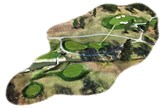 Valhalla 14th Hole
Valhalla 14th Hole
-
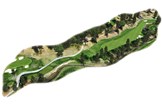 Valhalla 15th Hole
Valhalla 15th Hole
-
 Valhalla 16th Hole
Valhalla 16th Hole
-
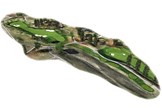 Valhalla 17th Hole
Valhalla 17th Hole
-
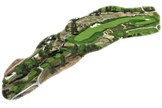 Valhalla 18th Hole
Valhalla 18th Hole
-
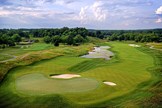 The final hole at Valhalla features a unique horseshoe-shaped green.
The final hole at Valhalla features a unique horseshoe-shaped green.
-
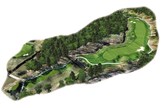 Valhalla 2nd Hole
Valhalla 2nd Hole
-
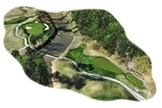 Valhalla 3rd Hole
Valhalla 3rd Hole
-
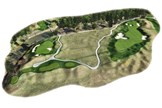 Valhalla 4th Hole
Valhalla 4th Hole
-
 Valhalla 5th Hole
Valhalla 5th Hole
-
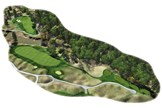 Valhalla 6th Hole
Valhalla 6th Hole
-
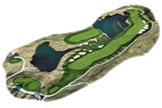 Valhalla 7th Hole
Valhalla 7th Hole
-
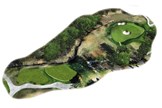 Valhalla 8th Hole
Valhalla 8th Hole
-
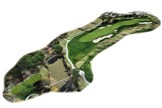 Valhalla 9th Hole
Valhalla 9th Hole
